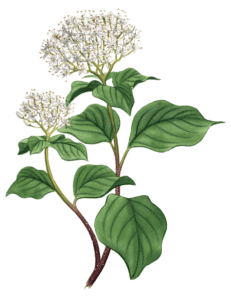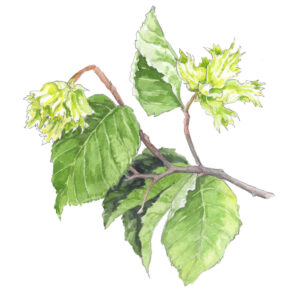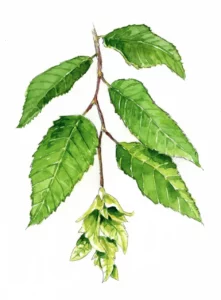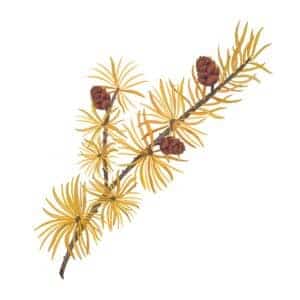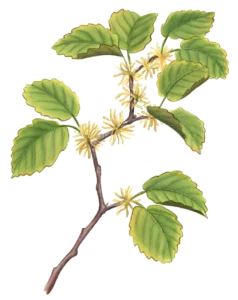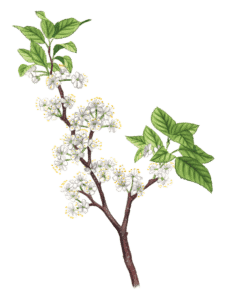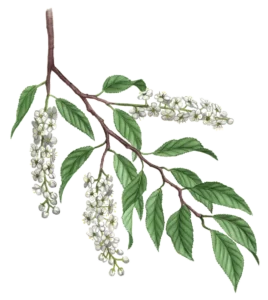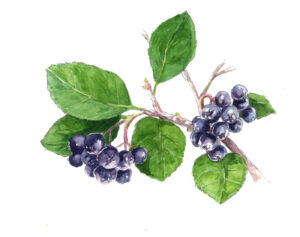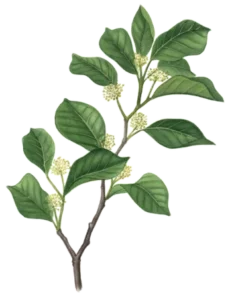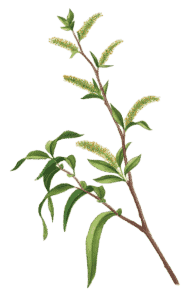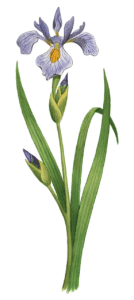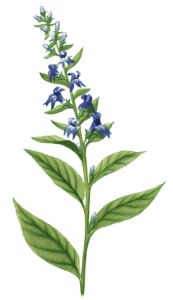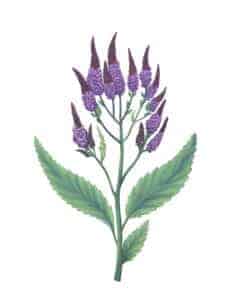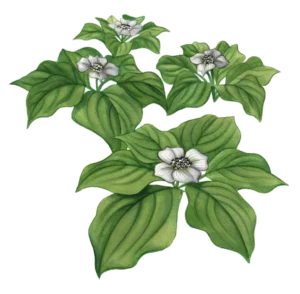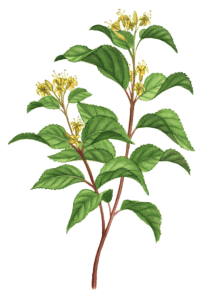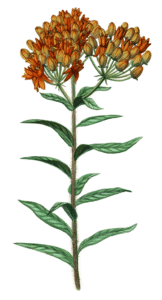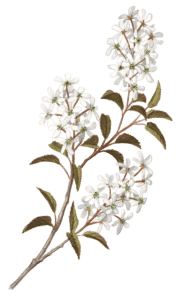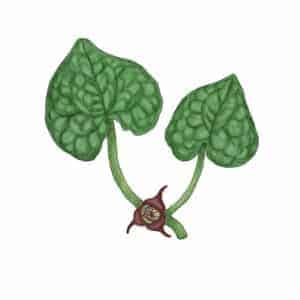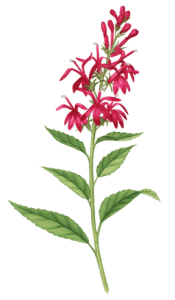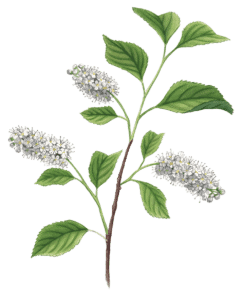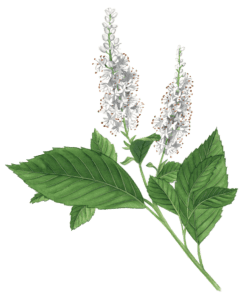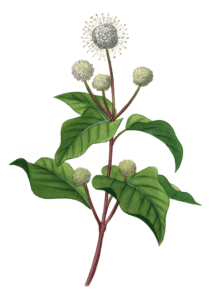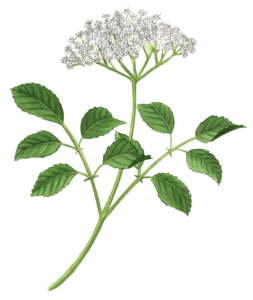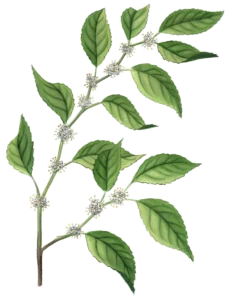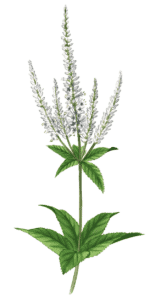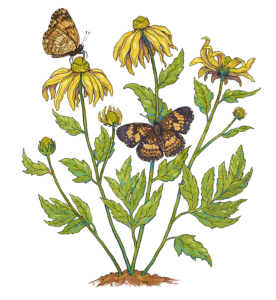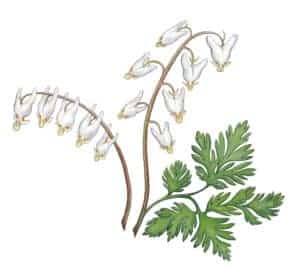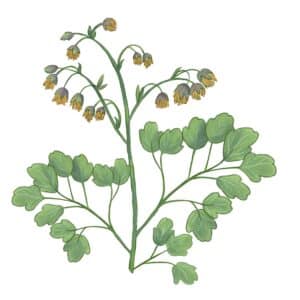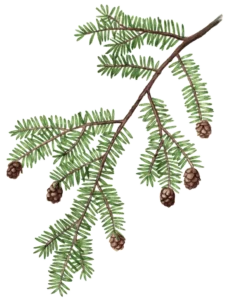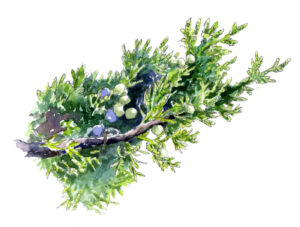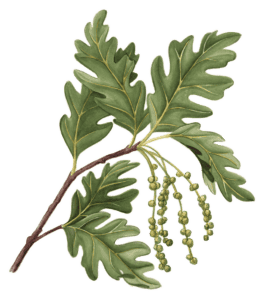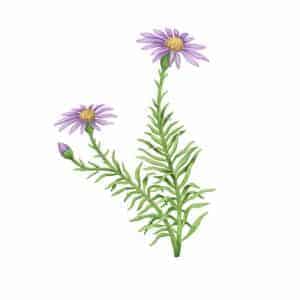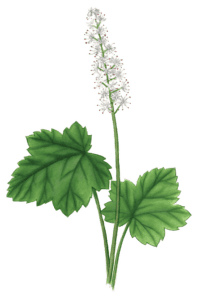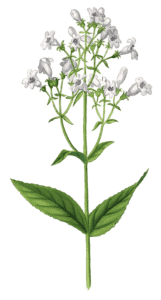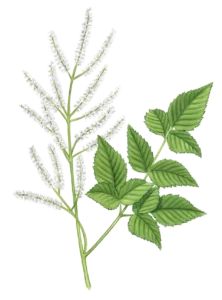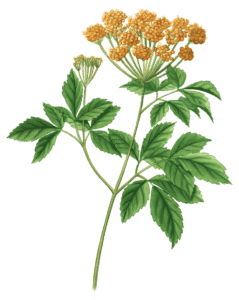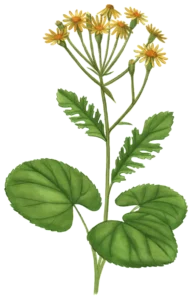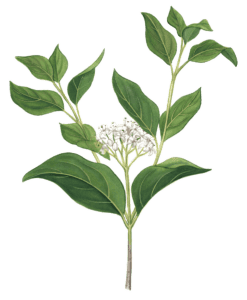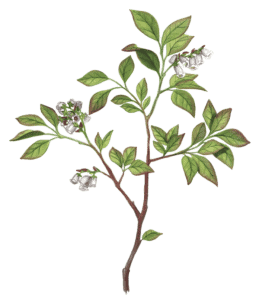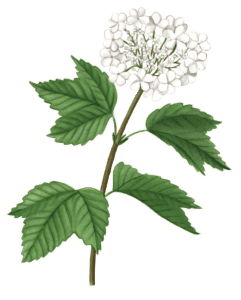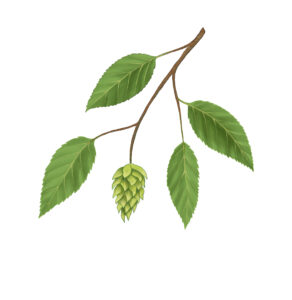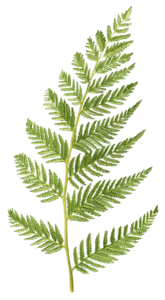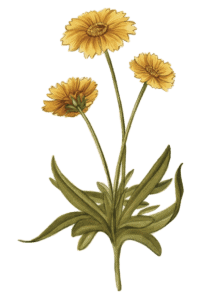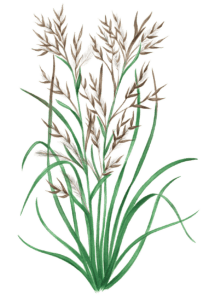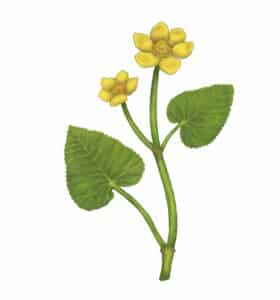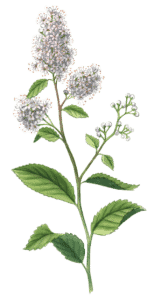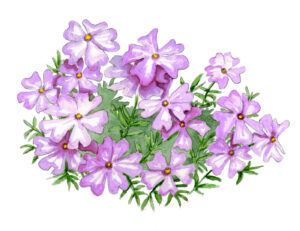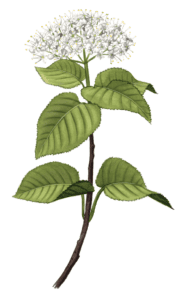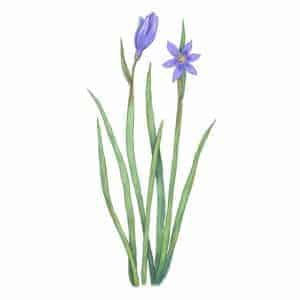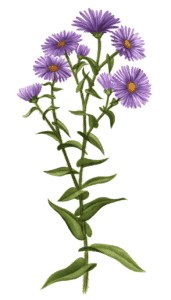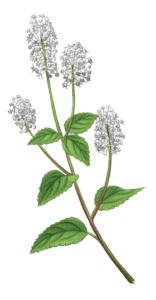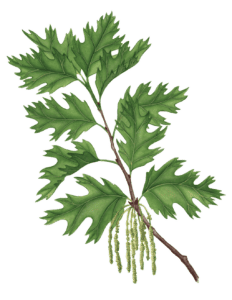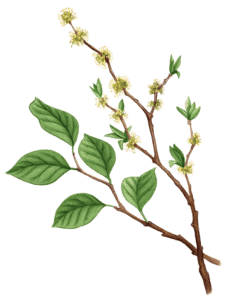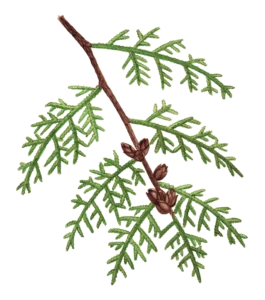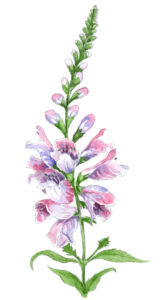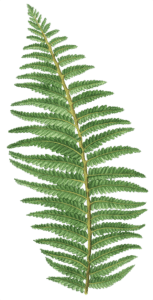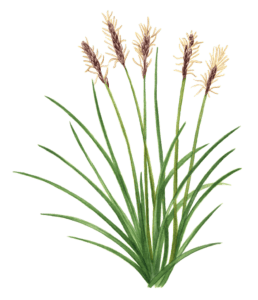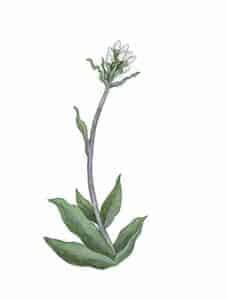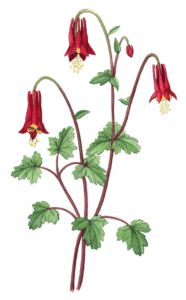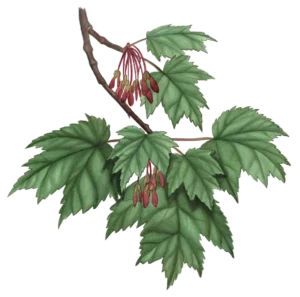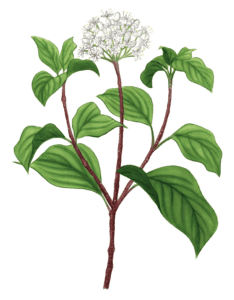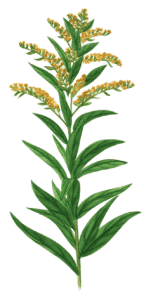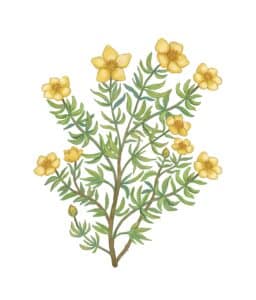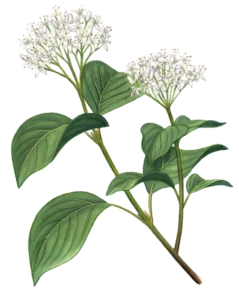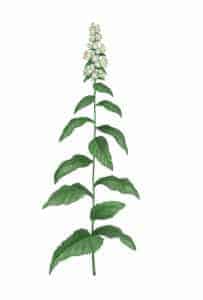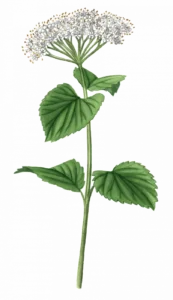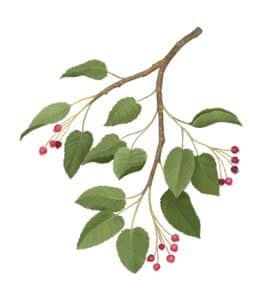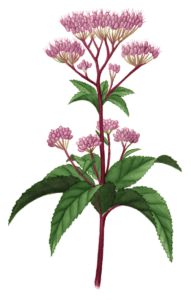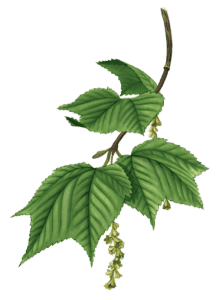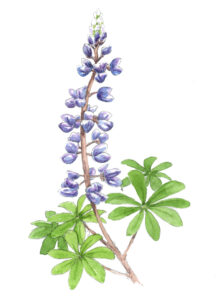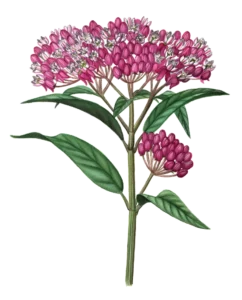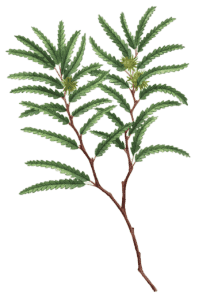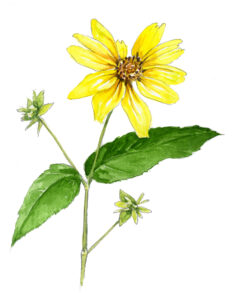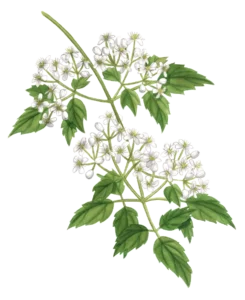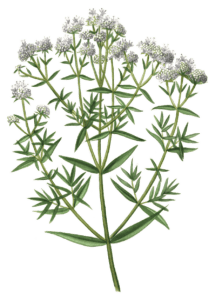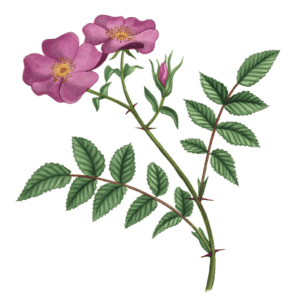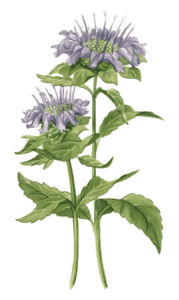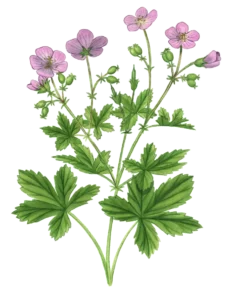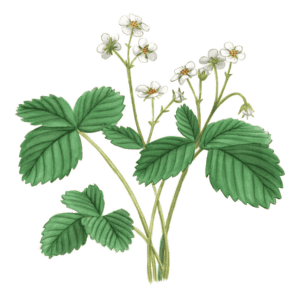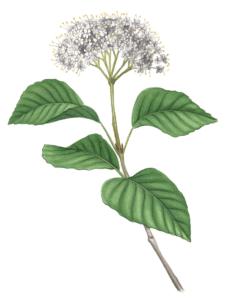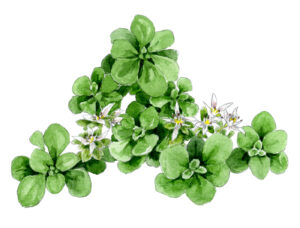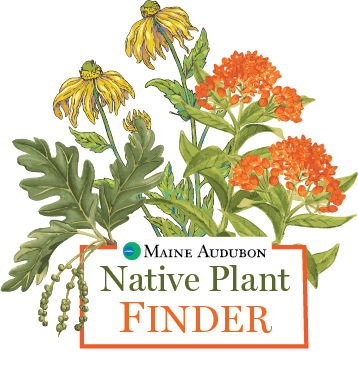
Choose the Perfect Plant
Maine native plants provide the greatest benefit to wildlife. Click on any of the boxes below to filter plants based on different criteria (Bloom Month, Sunlight, Soil Conditions, Size/Plant Height, Caterpillars Hosted, and Wildlife Benefited). Combine your filters to find the perfect plants for you!
You can choose multiple criteria and the results will automatically update. You can remove filters too, by clicking on any of your filter items.
Alternate-leaved Dogwood
Swida alternifolia
A small tree with large white flowers and blue-black berries
American Hornbeam
Carpinus caroliniana
Small tree or large shrub with a unique trunk
American Larch
Larix laricina
The only native deciduous conifer, featuring brilliant fall foliage
American Witchhazel
Hamamelis virginiana
Large shrub with unique flowers that bloom in fall
Beach Plum
Prunus maritima
Endangered coastal tree with abundant flowers and edible fruit
Black Cherry
Prunus serotina
Large cherry tree with fruit enjoyed by wildlife
Black Chokeberry
Aronia melanocarpa
Hardy shrub with lovely flowers and edible fruit
Black Gum
Nyssa sylvatica
Attractive tree with waxy leaves and beautiful blue berries
Black Willow
Salix nigra
Water-loving tree that is excellent for erosion control and flood prevention
Blue Flag Iris
Iris versicolor
Sword-shaped blue-green leaves with large bluish-purple flowers
Blue Lobelia
Lobelia siphilitica
A stunning plant with tubular blue flowers that attract pollinators
Blue Vervain
Verbena hastata
A meadow plant with purple flowers in a candelabra-shaped panicle
Blue-stemmed Goldenrod
Solidago caesia
A goldenrod with arching purple stems and small clustered flowers
Bunchberry
Chamaepericlymenum canadense
Small, hardy groundcover with edible fruit
Bush Honeysuckle
Diervilla lonicera
Densely branched shrub with bright tube-like flowers
Butterfly Milkweed
Asclepias tuberosa
Bright orange wildflower, host to Monarch butterflies
Canada Serviceberry
Amelanchier canadensis
Small tree with white flowers in spring and red foliage in fall
Canada Wild Ginger
Asarum canadense
A fantastic groundcover with heart-shaped, velvety leaves
Cardinal Flower
Lobelia cardinalis
Cardinal-red tubular flowers that are magnets for hummingbirds
Chokecherry
Prunus virginiana
Small tree with fragrant white flowers and edible fruit
Coastal Sweet Pepperbush
Clethra alnifolia
A hardy shrub with interesting leaves and fragrant white flowers
Common Buttonbush
Cephalanthus occidentalis
A low-maintenance shrub with pincushion-shaped flowers
Common Elderberry
Sambucus canadensis
Full shrub with showy white flowers and edible fruit
Common Juniper
Juniperus communis
A cold-loving and low-spreading evergreen shrub
Common Winterberry
Ilex verticillata
A large shrub with bright red berries in fall and winter
Culver’s Root
Veronicastrum virginicum
Spikes of white to purple flowers that attract pollinators
Cutleaf Coneflower
Rudbeckia laciniata
Yellow, daisy-like flowers with a green center cone
Dutchman’s Breeches
Dicentra cucullaria
A shade-loving plant with white, pantaloon-shaped flowers
Early Meadow Rue
Thalictrum dioicum
A whimsical wildflower with delicate foliage and beautiful flowers
Eastern Hemlock
Tsuga canadensis
A classic New England conifer with drooping branches
Eastern Red Cedar
Juniperus virginiana
Beautiful upright and adaptable evergreen tree
Flax-leaved Stiff-aster
Ionactis linariifolia
A low-growing and unique aster with white or purple flowers
Flowering Raspberry
Rubus odoratus
A beautiful shrub with vibrant foliage and fragrant flowers
Foamflower
Tiarella cordifolia
A shaded groundcover with burgundy variegation and fluffy flowers
Foxglove Beardtongue
Penstemon digitalis
A wildflower with tall stems supporting white to pink flowers
Goatsbeard
Aruncus dioicus
A shrublike perennial with creamy white flower plumes
Golden Alexander
Zizia aurea
Upright herbaceous plant with clustered yellow flowers
Golden Groundsel
Packera aurea
Deep green foliage with attractive yellow flowers
Gray Dogwood
Swida racemosa
A shrub with red stems and beautiful white flowers and berries
Heart-leaved Aster
Symphyotrichum cordifolium
A keystone species which can thrive in a variety of habitats
Highbush Blueberry
Vaccinium corymbosum
Sturdy shrub with plump berries and gorgeous fall color
Highbush Cranberry
Viburnum opulus
Unique shrub with edible berries that ripen throughout winter
Hop-hornbeam
Ostrya virginiana
An adaptable tree with beautiful yellow foliage in the fall
Lady Fern
Athyrium filix-femina
A shade-loving fern with lacy, arching fronds
Lanceleaf Coreopsis
Coreopsis lanceolata
A bright yellow wildflower great for colonizing poor soils
Little Bluestem
Schizachyrium scoparium
A heat and drought tolerant grass with year-round interest
Lowbush Blueberry
Vaccinium angustifolium
A small woody plant that thrives in tough conditions
Marsh Marigold
Caltha palustris
A lush and low-growing wildflower for wet areas
Meadowsweet
Spiraea alba
A lovely mounding shrub with small white and pink flowers
Moss Phlox
Phlox subulata
A carpet-forming plant with tubular, fragrant flowers
Narrow-leaved Blue-eyed Grass
Sisyrinchium angustifolium
Narrow upright grass-like foliage with small blue flowers
New England Aster
Symphyotrichum novae-angliae
A pollinator magnet that produces a riot of daisy-like flowers
New Jersey Tea
Ceanothus americanus
A durable plant that can function as a groundcover or hedge
Northern Bayberry
Morella pensylvanica
A gorgeous shrub with fragrant leaves and long-lasting berries
Northern Red Oak
Quercus rubra
A keystone species and rugged staple of the Eastern Forest
Northern Spicebush
Lindera benzoin
A large shrub that produces beautiful foliage, flowers, and fruit
Northern White Cedar
Thuja occidentalis
A familiar evergreen hedge with many wildlife benefits
Obedient Plant
Physostegia virginiana
A long-blooming beauty with tubular, pink snapdragon-like flower spikes
Ostrich Fern
Matteuccia struthiopteris
A fern with large, lustrous, and graceful dark green fronds
Pennsylvania Sedge
Carex pensylvanica
A beautiful sedge with soft, delicate fountains of foliage
Plantain-Leaved Pussytoes
Antennaria plantaginifolia
A wildflower with woolly, silvery foliage and cat-paw-like flowers
Pussy Willow
Salix discolor
A small tree with furry catkins that appear in late winter
Red Columbine
Aquilegia canadensis
A beautiful woodland wildflower with red and yellow flowers
Red Maple
Acer rubrum
Large, well-adapted shade tree with interesting spring and fall color
Red-twig Dogwood
Swida sericea
Beautiful flowering shrub with red stems when young
Seaside Goldenrod
Solidago sempervirens
A clumping goldenrod with dense, long-lasting flower clusters
Shrubby Cinquefoil
Dasiphora floribunda
A wonderful, low growing shrub for sunny landscapes
Silky Dogwood
Swida amomum
Interesting shrub with attractive foliage, flowers, fruit, and stems
Silverrod
Solidago bicolor
A long-blooming goldenrod with white to pale yellow flowers
Smooth Arrowwood
Viburnum dentatum
Mid-sized shrub with showy foliage, flowers, and fruit
Smooth Blue Aster
Symphyotrichum laeve
A low-maintenance aster with smooth blue-green foliage and fragrant flowers
Smooth Serviceberry
Amelanchier laevis
Flowering understory tree with delicious edible fruit
Spotted Joe Pye Weed
Eutrochium maculatum
Clusters of bright pink flowers provide nectar for pollinators
Striped Maple
Acer pensylvanicum
Small understory tree with showy leaves and interesting bark
Sundial Lupine
Lupinus perennis
A perennial with tall clusters of purple to blue pea-like flowers
Swamp Milkweed
Asclepias incarnata
A stunning perennial with pink flowers that attract pollinators
Sweetfern
Comptonia peregrina
A small and aromatic shrub, makes an excellent groundcover
Thin-leaved Sunflower
Helianthus decapetalus
A perennial native sunflower that hosts many caterpillars and several species of bees
Virgin’s Bower
Clematis virginiana
A twining vine with white, fall-blooming flowers
Virginia Mountain Mint
Pycnanthemum virginianum
A fragrant perennial with small, white-to-lavender flowers
Virginia Rose
Rosa virginiana
A vibrant pink rose bush with lustrous, dark green leaves
White Heath Aster
Symphyotrichum ericoides
A showy, bushy aster with small white and yellow flowers
White Turtlehead
Chelone glabra
A striking perennial with snapdragon-like flowers and late summer charm
Wild Bergamot
Monarda fistulosa
A wildflower with purple flowers atop fragrant stems and leaves
Wild Geranium
Geranium maculatum
A spring wildflower with five-lobed leaves and five-petaled flowers
Wild Leek
Allium tricoccum
Delicious spring plant with onion and garlic flavors
Wild Lettuce
Lactuca canadensis
An edible plant with high-nutrient greens and yellow flowers
Wild Strawberry
Fragaria virginiana
A beautiful and edible cool-season perennial ground cover
Withe-rod
Viburnum nudum
Showy upright shrub with dynamic flowers and fruit
Woodland Stonecrop
Sedum ternatum
Low-growing ground cover with small, white star-like flowers
Zigzag Goldenrod
Solidago flexicaulis
A low-maintenance woodland goldenrod with small yellow flowers

